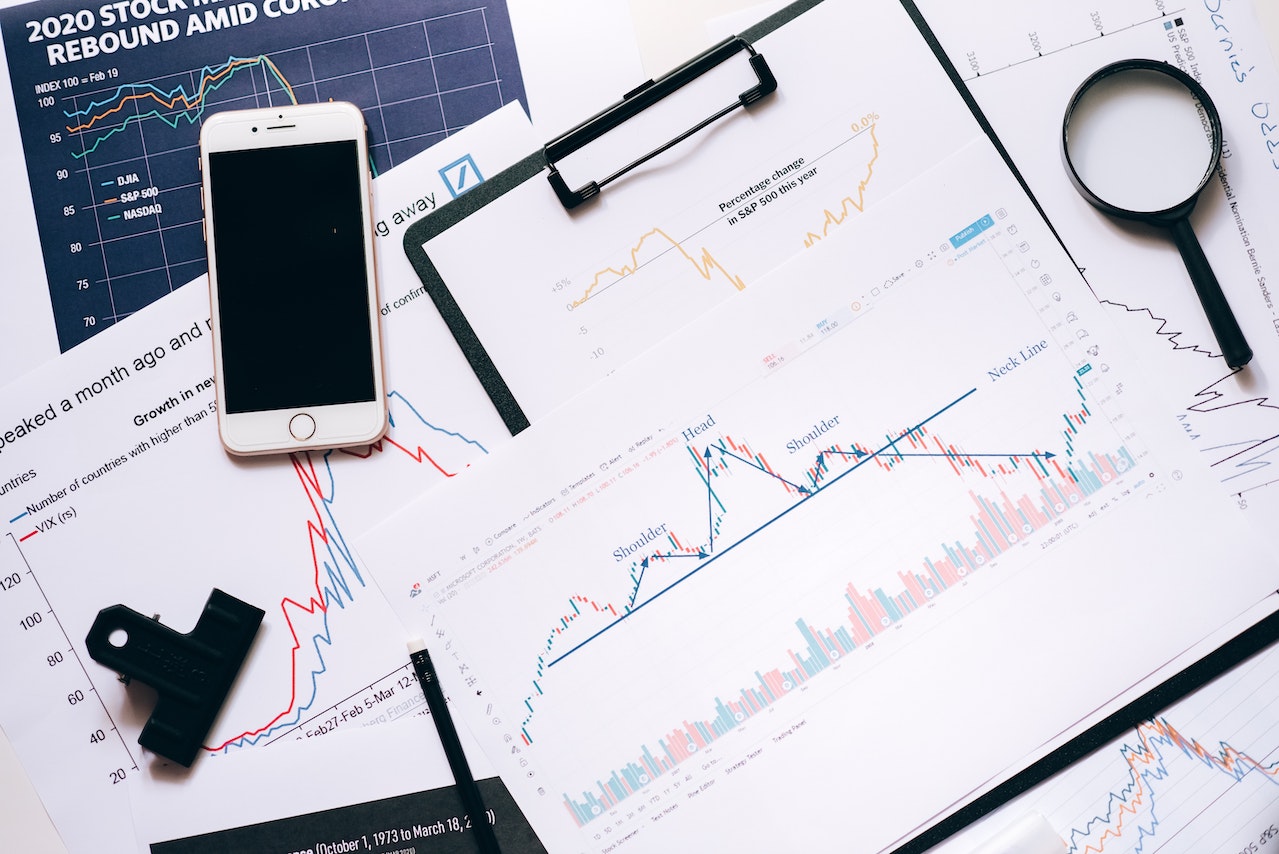In today’s data-driven world, big data has emerged as a game-changer for businesses across various industries. The ability to collect, store, and analyze vast amounts of data has opened up new possibilities for gaining valuable insights and making informed decisions. In this article, we will explore the role of big data in business, focusing on how it helps analyze trends and leverage insights to drive success.
Data Collection and Storage
Big data encompasses large volumes of structured and unstructured data from various sources, such as customer transactions, social media interactions, website traffic, and sensor data. Businesses invest in robust data collection and storage systems, utilizing technologies like cloud computing and distributed databases, to handle the massive influx of data effectively. This infrastructure provides a solid foundation for leveraging the power of big data analytics.
Trend Analysis
Big data analytics enables businesses to identify and analyze trends within their data. By examining historical patterns and real-time data, organizations can gain valuable insights into consumer behavior, market trends, and industry dynamics. Trend analysis helps businesses understand customer preferences, anticipate market shifts, and adapt their strategies accordingly. For example, retailers can use big data to identify popular product trends and optimize inventory management.
Customer Segmentation and Personalization
With big data analytics, businesses can segment their customer base more effectively and tailor their marketing and product strategies to specific target groups. By analyzing customer demographics, preferences, purchase history, and online behavior, companies can create personalized experiences and targeted marketing campaigns. This not only improves customer satisfaction but also increases the likelihood of conversions and customer loyalty.
Predictive Analytics
Big data plays a crucial role in predictive analytics, enabling businesses to forecast future trends and outcomes. By applying statistical models and machine learning algorithms to large datasets, organizations can make data-driven predictions about customer behavior, demand patterns, and market trends. This helps businesses optimize their operations, anticipate risks, and make proactive decisions. For instance, predictive analytics can help manufacturers forecast maintenance needs and reduce costly equipment downtime.
Operational Efficiency and Cost Optimization
Analyzing big data can uncover inefficiencies in business processes and operations. By identifying bottlenecks, streamlining workflows, and optimizing resource allocation, organizations can improve operational efficiency and reduce costs. For example, logistics companies can leverage big data analytics to optimize route planning and fuel consumption, resulting in significant cost savings and improved delivery times.
Competitive Advantage and Innovation
Big data provides businesses with a competitive edge by fostering innovation and driving strategic decision-making. By analyzing market trends, consumer preferences, and emerging technologies, organizations can identify new business opportunities and develop innovative products and services. Big data also enables businesses to monitor competitor activities, identify gaps in the market, and make data-backed decisions that give them a competitive advantage.
Big data has revolutionized the way businesses operate, allowing them to harness the power of data to analyze trends, gain valuable insights, and make informed decisions. By effectively collecting, storing, and analyzing large volumes of data, organizations can identify patterns, personalize experiences, optimize operations, and gain a competitive edge. Embracing big data analytics enables businesses to stay agile, responsive, and innovative in a rapidly evolving marketplace. As big data continues to grow, businesses that can effectively harness its potential will be well-positioned for success in the digital era.





